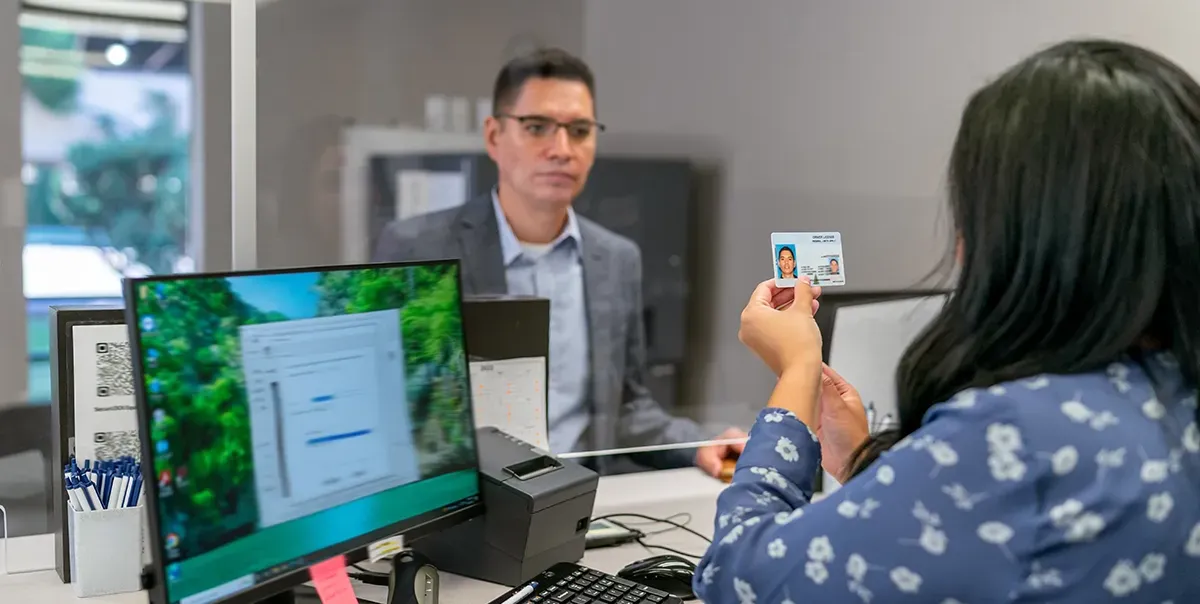Getting an ID After Release

During your time incarcerated, your legal identification may have been lost, damaged, or expired. You will need to renew your license or state identification card to secure basic needs such as housing, employment, and medical care, or to apply for benefits. Getting an official ID should be one of the first things you do upon release. It is an essential step to moving forward and rebuilding your life. Accomplishing this sooner rather than later will greatly impact your success as you return to the community.
Getting a new ID may seem like a daunting task. You may have transportation or financial barriers, or the challenge of locating your social security card or birth certificate, which are typically required to get a new ID. The government is aware of this issue, and in 2016, the Department of Justice began urging districts nationwide to adjust the identification process as part of their reforms. They recognize the importance of government-issued identification and how imperative it is to the success of reentrants. Many states now have legislation in place that helps individuals with either temporary or permanent identification cards upon release or immediately following. Learn more about the states that have taken an initiative to offer identification cards to individuals upon release.
How to Get an ID
If you did not receive an ID card upon release, the process and cost will vary by state. One of the easiest ways to get a government-approved photo ID card is through your local post office. A post office ID card can be used in all states, as it is a legal form of identification throughout the U.S. You can also get a government-issued ID through the DMV. Though you will not be able to drive with a state identification card, it is typically cheaper and easier to obtain than a driver’s license. A state ID will enable you to find housing and employment, apply for benefits, and more. You will need certain documents to get an identification card, including your birth certificate or passport, proof of social security, and proof of address. You can also get a state-issued ID or a license at the Department of Motor Vehicles (DMV). Appointments can be made online, or you can search estimated walk-in wait times. Search for DMVs near you here.


